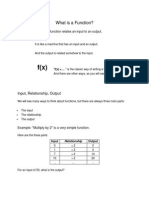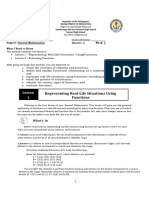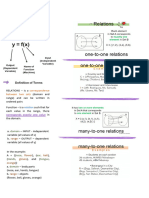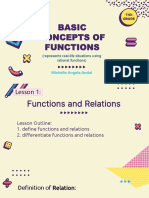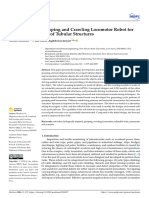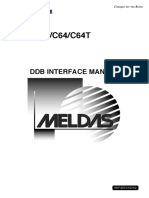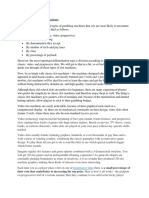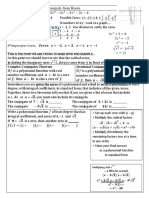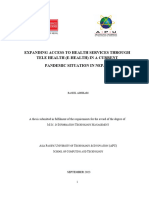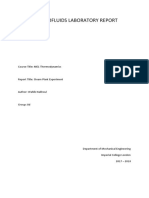0% found this document useful (0 votes)
29 views16 pagesFunmath Module 10 Functons and Equations
1) The document discusses functions and equations. It defines a function as a relationship between an input and an output where each input is related to exactly one output.
2) It provides examples of different ways to represent functions including algebraic expressions, tables of ordered pairs, and graphs.
3) An equation is defined as a statement that two mathematical expressions are equal. The document discusses how to solve equations by using the addition and multiplication properties of equality.
Uploaded by
Neo Got My BackCopyright
© © All Rights Reserved
We take content rights seriously. If you suspect this is your content, claim it here.
Available Formats
Download as DOCX, PDF, TXT or read online on Scribd
0% found this document useful (0 votes)
29 views16 pagesFunmath Module 10 Functons and Equations
1) The document discusses functions and equations. It defines a function as a relationship between an input and an output where each input is related to exactly one output.
2) It provides examples of different ways to represent functions including algebraic expressions, tables of ordered pairs, and graphs.
3) An equation is defined as a statement that two mathematical expressions are equal. The document discusses how to solve equations by using the addition and multiplication properties of equality.
Uploaded by
Neo Got My BackCopyright
© © All Rights Reserved
We take content rights seriously. If you suspect this is your content, claim it here.
Available Formats
Download as DOCX, PDF, TXT or read online on Scribd
/ 16








